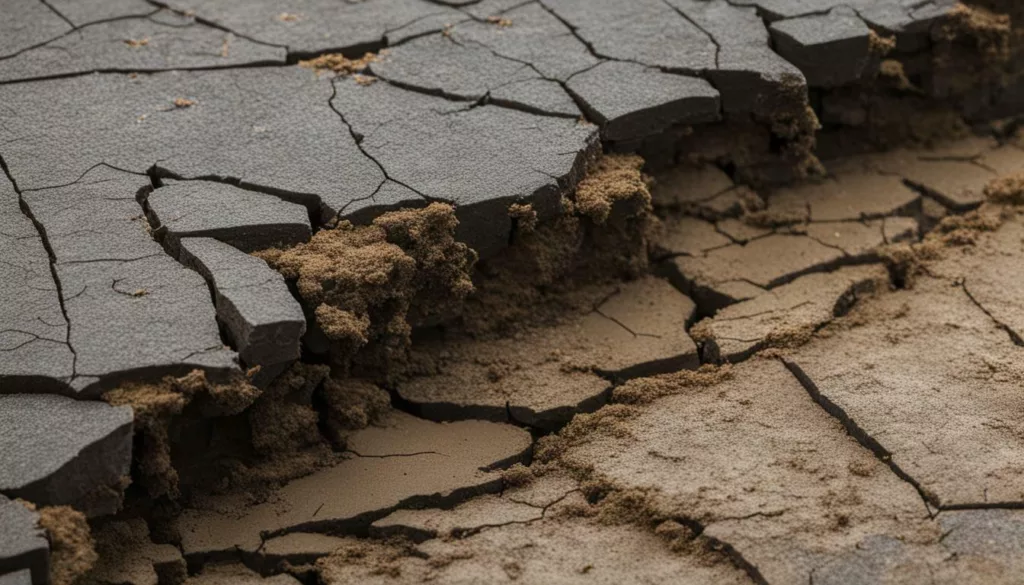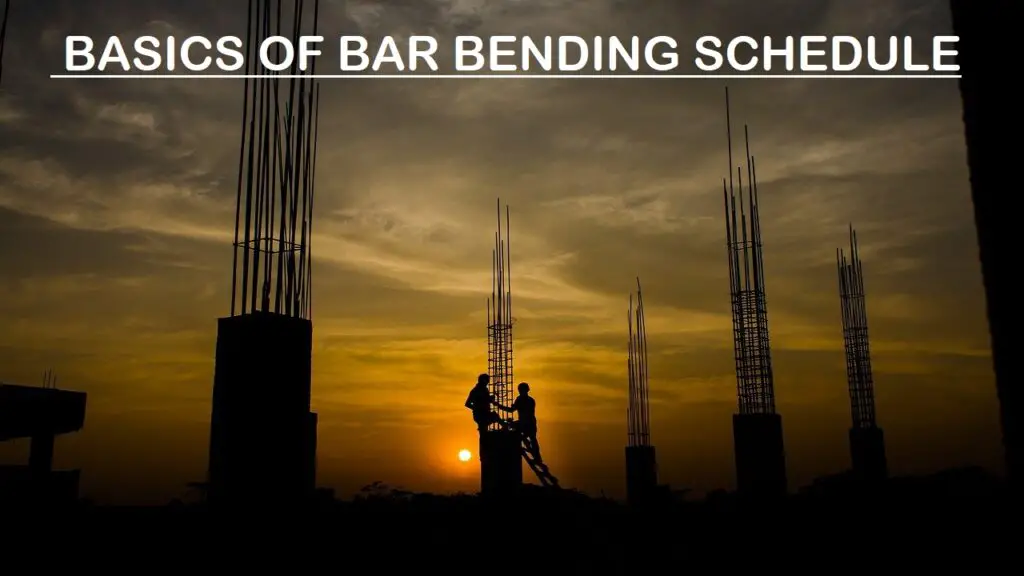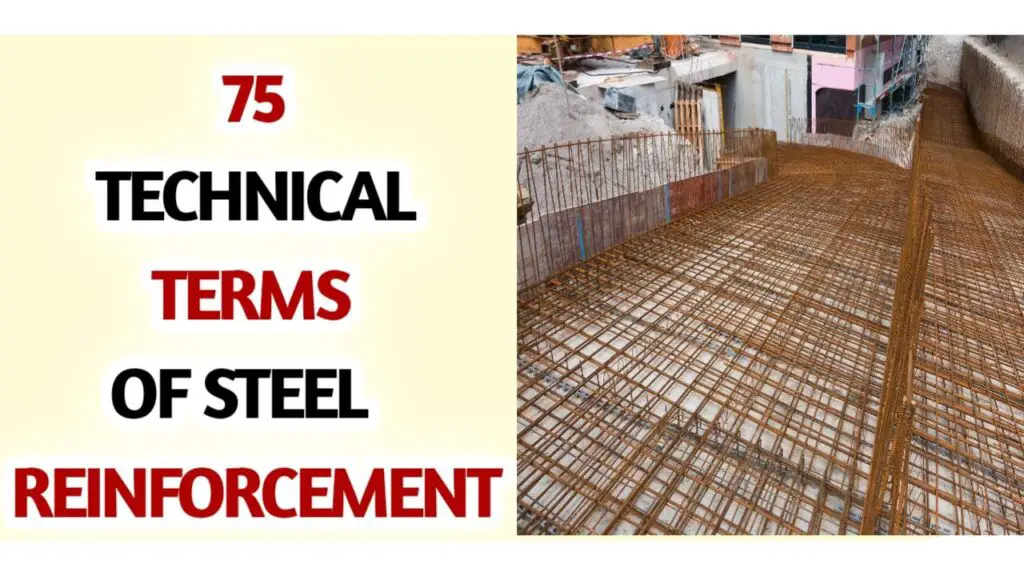If you’re a homeowner, one of the most critical aspects of maintaining your property is ensuring that your foundation is in good condition. Foundation issues can not only cause structural damage to your home but also pose a safety hazard to you and your family. To protect your investment and ensure your safety, it’s crucial to understand the various foundation repair methods available to you.

In this section, we’ll explore some of the most effective foundation repair methods used in the United States, including cost-effective solutions, techniques, and best practices. By the end of this section, you’ll have a better understanding of how foundation repair works and which methods might be appropriate for your situation.
- Foundation repair is crucial for maintaining the safety and structural integrity of your home.
- There are various cost-effective solutions, techniques, and best practices that can be used to address foundation issues.
- Understanding the different types of foundation repair methods can help you determine which one is right for your situation.
- While some minor foundation issues can be addressed through DIY methods, it’s essential to recognize the limitations and potential risks.
- Consulting with a professional foundation repair expert can provide you with valuable insights and guidance.
Understanding Foundation Repair
If you are a homeowner, it is important to understand the basics of foundation repair. Foundation repair is the process of repairing any damage to the foundation of a building or structure. The foundation is the structural base of a building that supports the weight of the structure and distributes its load evenly to the ground.
Foundation damage can occur due to a variety of factors, including shifting or settling soil, poor construction, changes in moisture levels, and natural disasters such as earthquakes or floods. Some signs of foundation damage include cracked walls, uneven floors, or doors and windows that no longer open or close properly.
Knowing what foundation repair entails and what factors can lead to foundation damage can help you identify potential problems early on and take appropriate action to prevent further damage. In the following sections, we will explore different types of foundation repair methods and best practices.

Foundation repair methods vary depending on the type of foundation issue you are experiencing. Here are some of the most common types of foundation repair methods:
| Method | Description |
|---|---|
| Masonry patches and sealants | Masonry patches and sealants are applied to minor cracks and gaps in the foundation. They are cost-effective solutions that can prevent further damage to the foundation. |
| Slab jacking | Slab jacking is a technique used to lift and level sunken concrete slabs, such as a foundation. This affordable solution can improve the stability and safety of your home. |
| Piering or piling | Piering or piling involves installing steel piers or concrete piles to support a weakened or settling foundation. This technique is often used when other methods are insufficient to correct the problem. |
| Soil modification or stabilization | Soil modification or stabilization techniques aim to improve the stability of the soil around a foundation. Depending on the type of soil and foundation, different methods may be used. |
Each foundation repair method has its benefits and limitations. Therefore, it’s essential to consult with a professional foundation repair expert who can evaluate your situation and recommend the most effective method for your specific needs.

Masonry Patches and Sealants
When it comes to minor cracks and gaps in your foundation, masonry patches, and sealants can be a cost-effective solution. These materials are easy to apply and can prevent further damage to your foundation.
Applying masonry patches and sealants involves filling in cracks and gaps with a specialized mixture of cement and other materials. This mixture hardens and provides a durable, waterproof barrier that protects your foundation from moisture and other external elements.
However, it’s important to note that masonry patches and sealants are only effective for minor cracks and gaps. If your foundation has significant damage or structural issues, this method may not be sufficient and other foundation repair methods may be necessary.
In addition, while applying masonry patches and sealants can be a DIY project, it’s essential to understand the risks and limitations. Without proper knowledge and experience, attempting to repair your foundation yourself could lead to further damage and more costly repairs in the long run.

Consulting with a professional foundation repair contractor can ensure that your foundation repair needs are met safely and effectively. They can provide a comprehensive analysis of your foundation’s condition and recommend the most suitable repair methods based on your specific situation.
Slab Jacking: An Effective Foundation Repair Method
If your foundation has sunken, you may be wondering if it’s time to have it replaced entirely. However, there’s no need to panic as slab jacking can be a cost-effective solution. Slab jacking is a foundation repair method that involves lifting and leveling concrete slabs through the injection of a grout mixture.
One advantage of slab jacking is that it’s quick and requires little disruption to your daily life. The process typically takes a few hours to complete, depending on the extent of the damage. Once the job is done, you can resume your daily routine without delay.
Slab jacking is a technique used to correct a broad range of foundation issues, from sunken stairs to cracks in the foundation. The process is simple. First, the repair specialist drills several small holes into the affected area. Next, a grout mixture is injected beneath the sunken slab, which raises and levels it. Finally, the holes are patched with cement, making the repair nearly invisible.
The benefits of slab jacking include cost-effectiveness, durability, and long-term stability. By lifting the slab back into place, slab jacking addresses the underlying foundation issue, minimizes future damage, and prolongs the life of your foundation.
It’s important to note that slab jacking is not suitable for all types of foundation repair. If your foundation damage is too extensive, slab jacking may not be enough to solve the problem. In such cases, other foundation repair methods, such as piering or soil stabilization, may be necessary. Consult with a professional to determine the best course of action for your foundation repair needs.

If your foundation is settling, piering, or piling may be recommended by a foundation repair specialist. This technique involves installing steel piers or concrete piles underneath the foundation to provide support and stabilize the structure.
The process of piering or piling begins by excavating soil around the foundation. Then, steel piers or concrete piles are driven deep into the soil until they reach a stable layer. The weight of the foundation is then transferred onto these piers, and hydraulic jacks are used to lift the foundation back to its original position.
This method of foundation repair is often preferred for homes with a large foundation surface area or significant settling issues. It is also a long-lasting solution that can support the structure for many years to come.
While piering or piling is a reliable method of foundation repair, it is important to note that it is a complex and invasive process that requires the expertise of a professional. Attempting to carry out this technique yourself can result in further damage to the structure and pose a safety risk.

When considering foundation repair methods, it’s essential to consult a professional who can assess the extent of the damage and recommend the best solution for your specific situation. With the expertise of a foundation repair specialist, you can ensure that your home’s foundation is safe, stable, and secure for many years to come.
Soil Modification or Soil Stabilization
Soil-related foundation issues can be challenging since they involve the ground beneath your home. Soil modification or stabilization techniques can improve the stability of the soil around your foundation.
Soil stabilization involves adding an agent to the soil, such as lime, cement, or fly ash, to improve its strength and stability. This process is often used on expansive soils, those that expand and contract depending on moisture levels, causing foundation movement over time.
Soil modification techniques include compaction, which involves adding more soil to the area around the foundation to improve its weight-bearing capacity. Another technique is chemical stabilization, which involves injecting a chemical agent into the soil to improve its properties.
Both methods can be effective in addressing soil-related foundation issues if performed by a professional, but it’s essential to understand the specific conditions and soil types in your area to determine which approach is the best fit.

As a homeowner, you may be wondering if you can fix foundation problems yourself. While some minor issues can be addressed with DIY methods, it’s important to understand the limitations and potential risks.
If you notice minor cracks or gaps in your foundation, you can use masonry patches and sealants to address them. These materials are easy to find at your local hardware store and can provide a temporary fix until a professional can assess the area. However, for more significant foundation damage, it’s best to seek professional assistance.
Attempting to fix foundation problems yourself can lead to further damage and potentially costly repairs in the long run. Also, some methods require specialized tools and expertise that most homeowners do not have.
Before attempting to fix your foundation yourself, evaluate the severity of the damage and consider consulting with a professional. A foundation repair specialist can recommend the most appropriate method and provide a cost estimate for the repair.
It’s essential to prioritize safety when it comes to foundation repair. Cracks and uneven settling in your foundation can compromise the structural integrity of your home. These issues could lead to dangerous situations, such as a collapse or shifting of the foundation.
If you’re unsure whether or not you can fix your foundation yourself, err on the side of caution and hire a professional. An experienced foundation repair contractor can identify the underlying cause of the problem, recommend the best solution, and ensure the repair is done correctly.

If you’re unsure of how to fix foundation problems yourself, it’s best to seek professional assistance.
Conclusion
When it comes to foundation repair, there is no single method that fits all situations. Each foundation issue requires a unique approach, and the best solution varies depending on factors such as the cause of the damage, location, foundation type, and budget.
However, by understanding the basics of foundation repair and the various techniques and best practices used in the United States, you can identify the best repair method for your situation.
Best Foundation Repair Method
There is no doubt that the best foundation repair method is one that addresses the root cause of the problem, is cost-effective, and provides a long-lasting solution. It is essential to work with a qualified professional who can assess the damage and recommend the appropriate technique.
Factors such as the severity of the issue, foundation type, soil type, and the stability of the surrounding land play a crucial role in determining the best foundation repair method. However, with the right approach, foundation issues can be effectively addressed, and homes can be made safe and secure again.
Thanks For the Great Attention!
Also, Read
1000Sqft house construction cost in 2022
Compound wall cost per Rft & Sqft
Basic House Construction Cost in 2022
FAQ
What are some cost-effective foundation repair methods?
Some cost-effective foundation repair methods include masonry patches and sealants, slab jacking, and soil modification or stabilization techniques. These methods can help address minor foundation issues without breaking the bank.
What causes foundation damage?
Foundation damage can be caused by various factors, including soil movement, poor construction, moisture imbalance, plumbing leaks, tree roots, and natural disasters. Understanding the underlying causes can help in determining the appropriate repair method.
What types of foundation repair methods are commonly used?
Common types of foundation repair methods include masonry patches and sealants, slab jacking, piering or piling, and soil modification or stabilization. Each method caters to different types of foundation issues and has its own advantages and considerations.
How effective are masonry patches and sealants in repairing foundation damage?
Masonry patches and sealants are often used for minor cracks and gaps in the foundation. When applied correctly, they can help prevent moisture infiltration and minimize further damage. However, their effectiveness may vary depending on the severity of the issue.
What is slab jacking and when is it used for foundation repair?
Slab jacking is a technique used to lift and level sunken concrete slabs, including foundation slabs. It involves injecting a mixture of grout or polyurethane foam beneath the slab to raise it back to its original position. Slab jacking is commonly used when the foundation settlement is primarily due to soil compression or settling.
What is piering or piling, and when is it recommended for foundation repair?
Piering or piling involves installing steel piers or concrete piles to provide support to a weakened or settling foundation. This method is typically recommended when the foundation settlement is caused by poor soil conditions, such as expansive clay, or when the foundation needs additional support due to heavy loads.
What are soil modification or stabilization techniques used for in foundation repair?
Soil modification or stabilization techniques aim to improve the stability of the soil surrounding a foundation. Methods such as chemical stabilization, compaction grouting, and pressure grouting can be used to strengthen weak or problematic soil, reducing the risk of foundation movement and damage.
Can I fix foundation problems myself?
While minor foundation issues can sometimes be addressed by homeowners, it’s important to understand the limitations and potential risks. DIY foundation repair should only be attempted for minor, manageable problems. For larger or more complex issues, it’s best to seek professional assistance to ensure a proper and long-lasting repair.




So, my dad’s house has developed this subtle lean that’s starting to worry him, and he’s set on finding a foundation repair contractor. It’s like the Leaning Tower of Pisa, but less charming. I will have him know that depending on the kind of foundation problem you are having, several techniques for repair are used.
Now that my dad’s house has a slight lean that worries him, he’s determined to hire a foundation repair specialist. It is similar to the Leaning Tower of Pisa, but not as enchanting. I will let him know that different approaches are employed for repair based on the type of foundation issue you are experiencing.
What a helpful breakdown of foundation repair methods! The tips and best practices outlined in this article are invaluable for homeowners facing foundation issues. The clear explanations make it easy to understand, and the emphasis on preventative measures is a game-changer. I’ll definitely be keeping these methods in mind for future reference. Thanks for simplifying a complex topic and providing actionable insights!
How useful is this list of foundation repair techniques? Homeowners dealing with foundation problems will find great value in the advice and best practices provided in this article. The emphasis on preventative actions is revolutionary, and the concise explanations make it simple to grasp. I will surely remember these techniques for further use. I appreciate how you’ve distilled a complicated subject and offered useful advice!